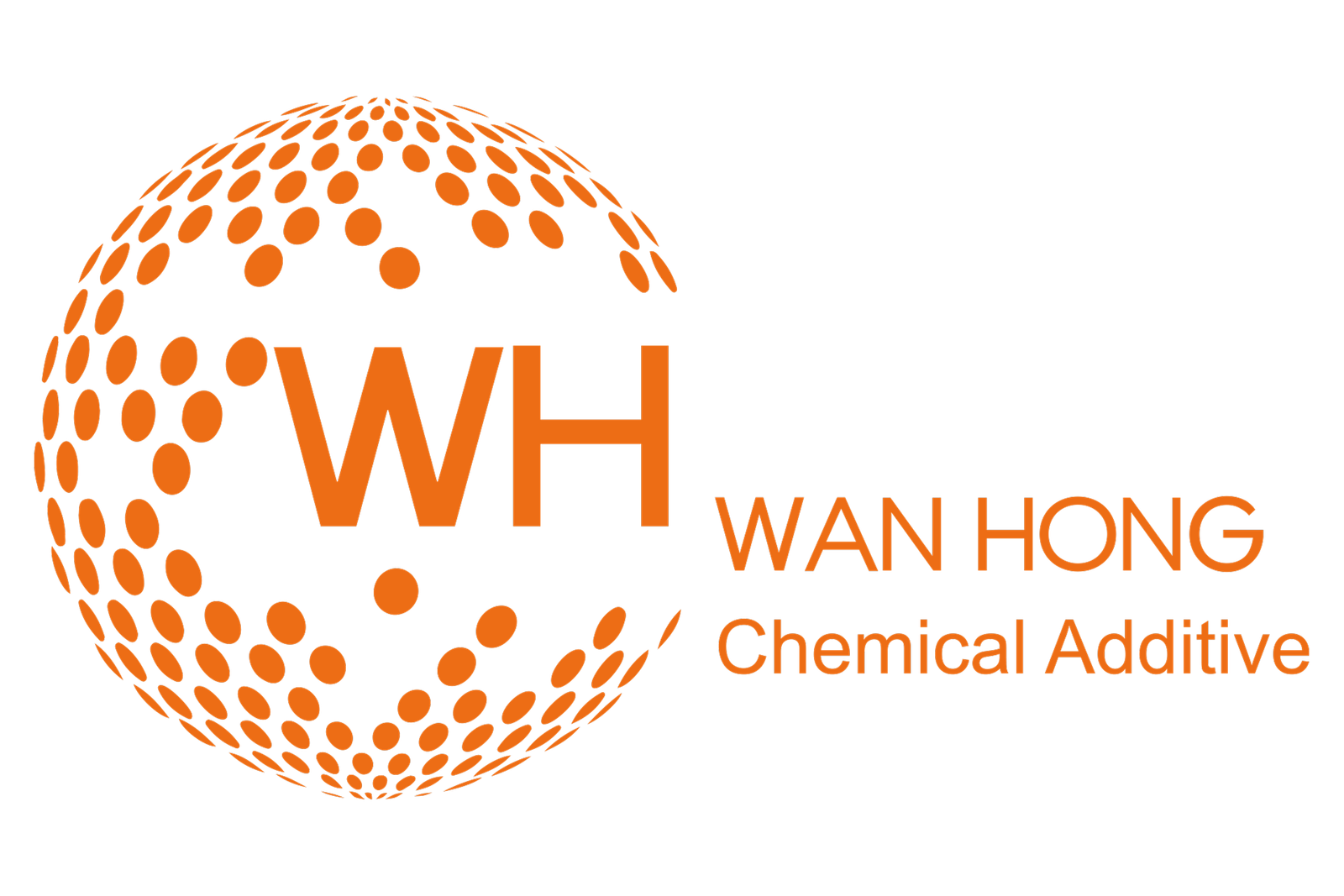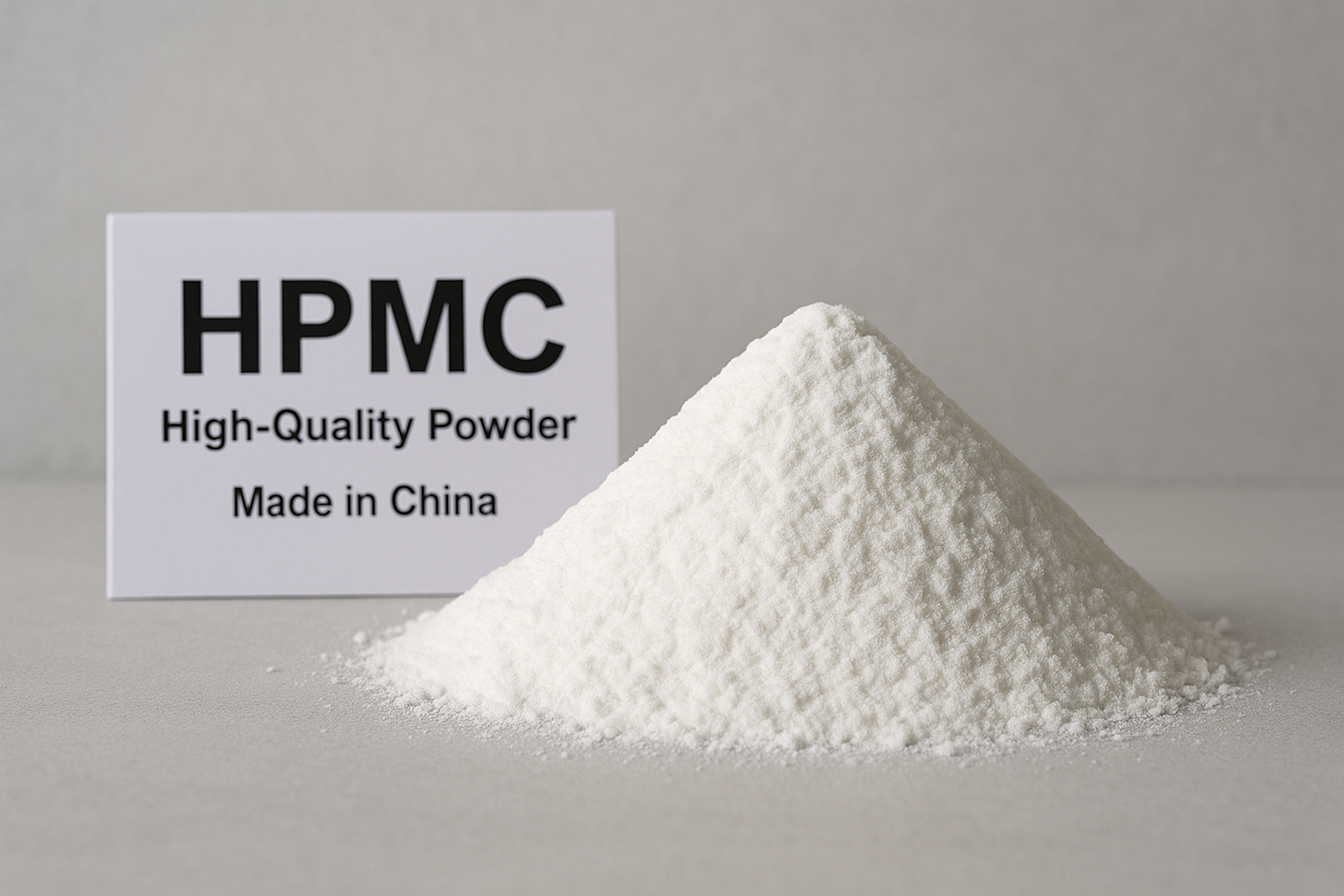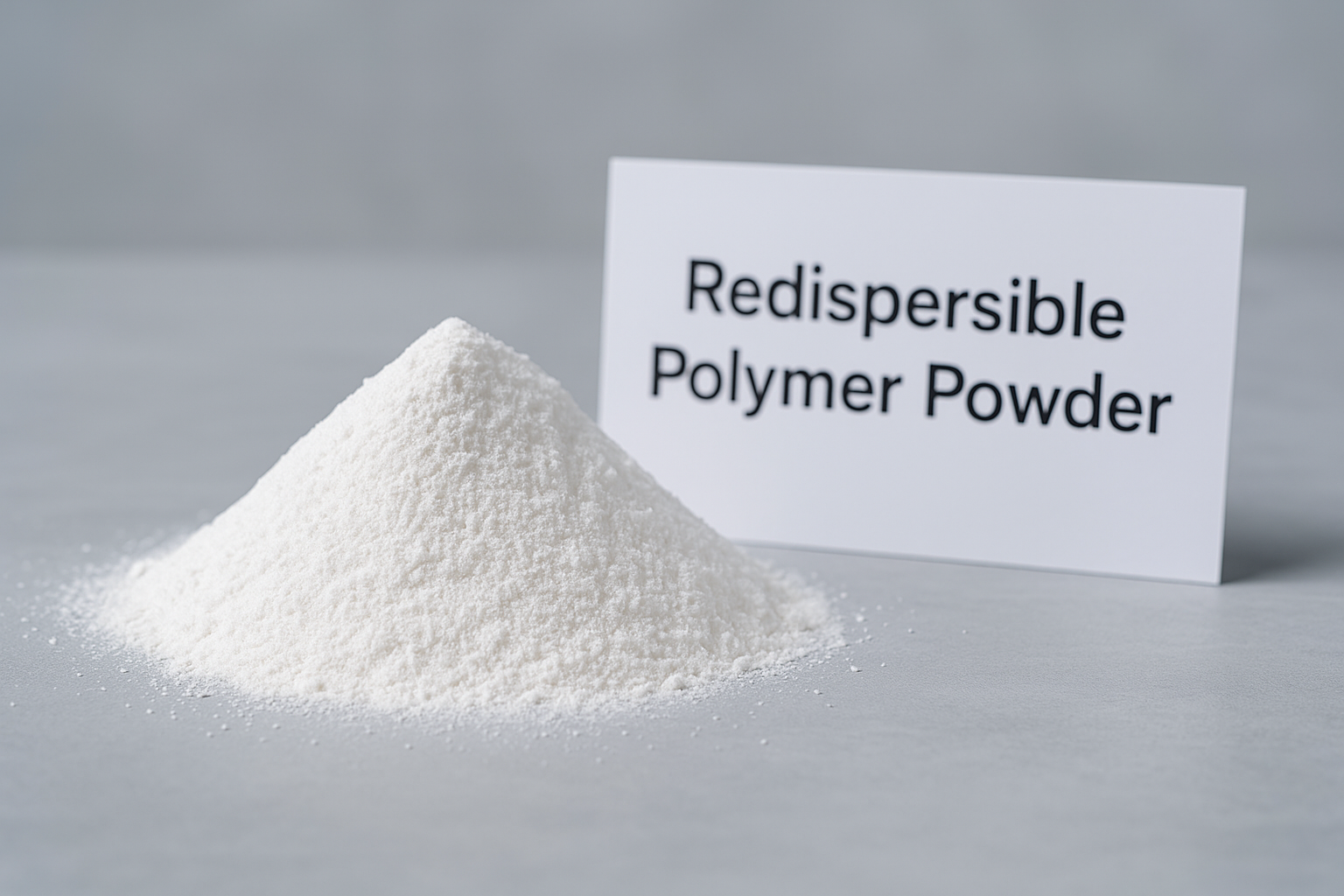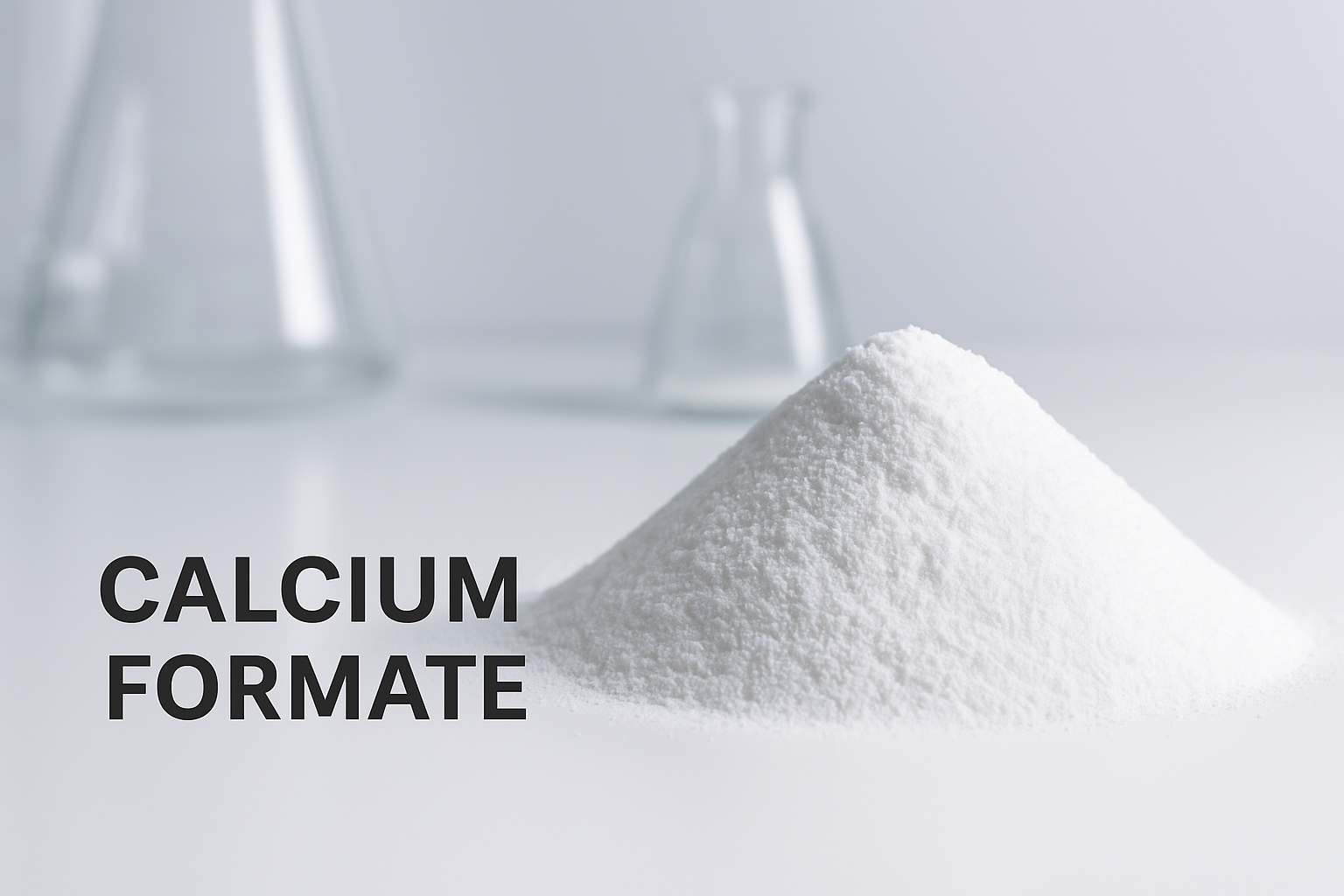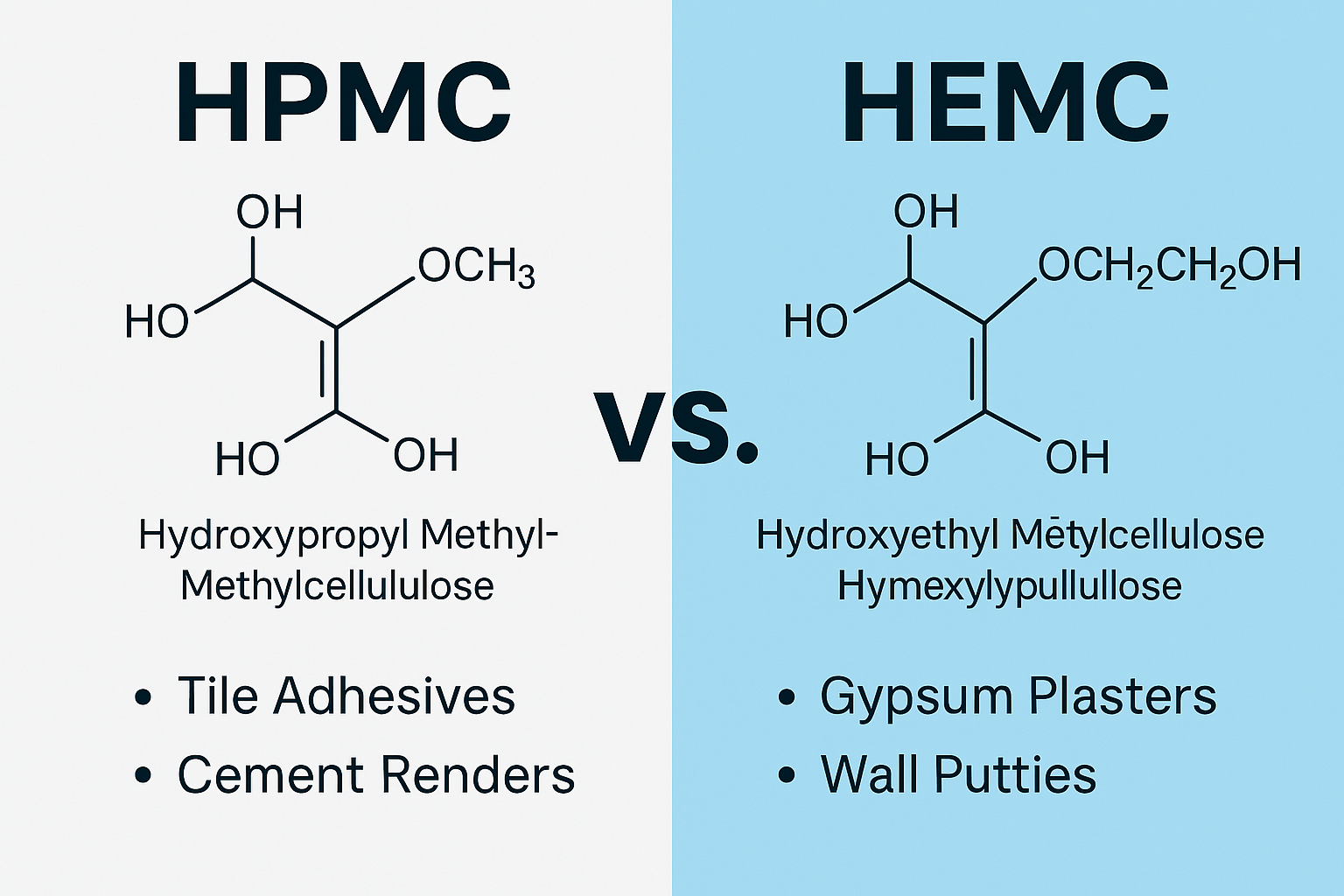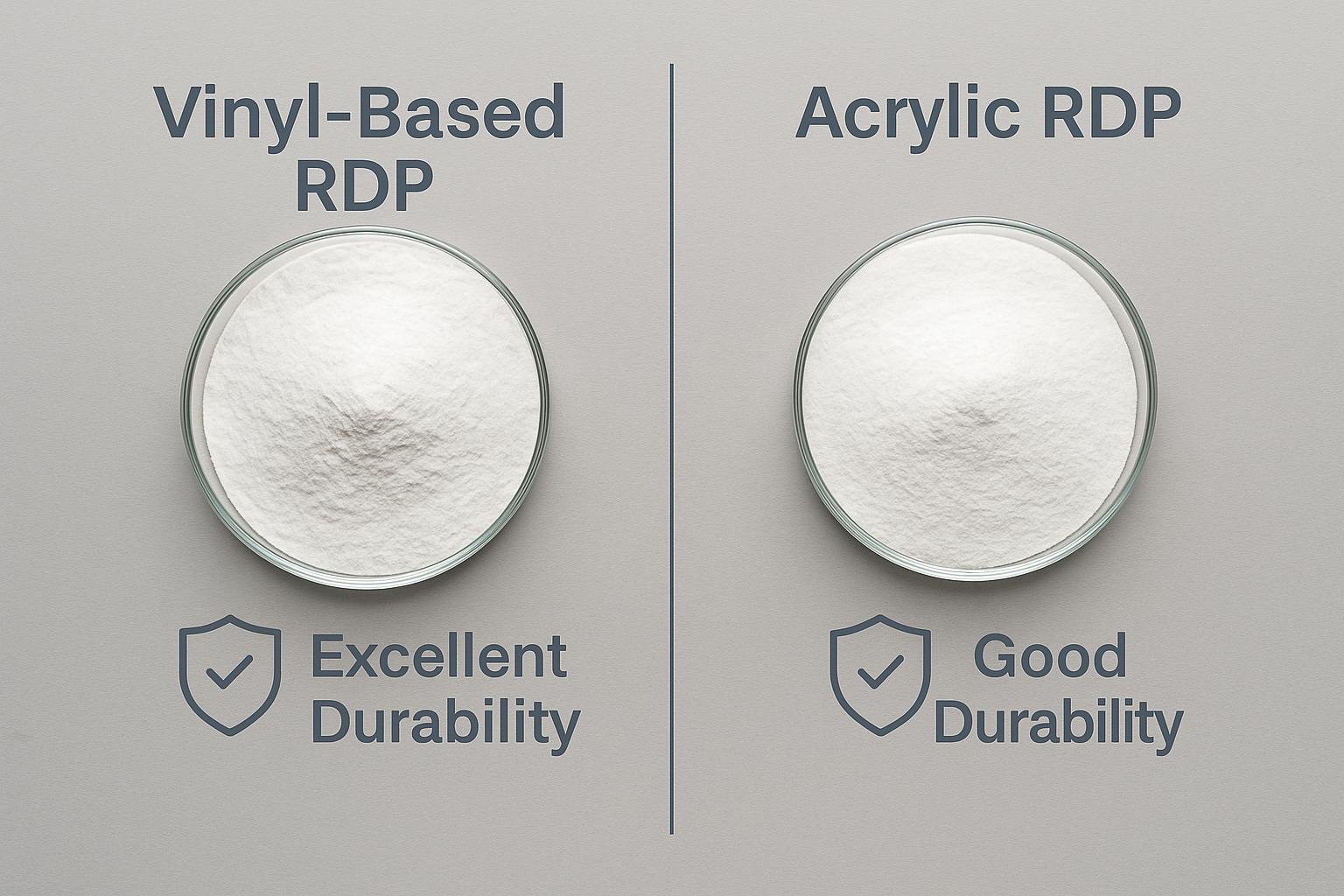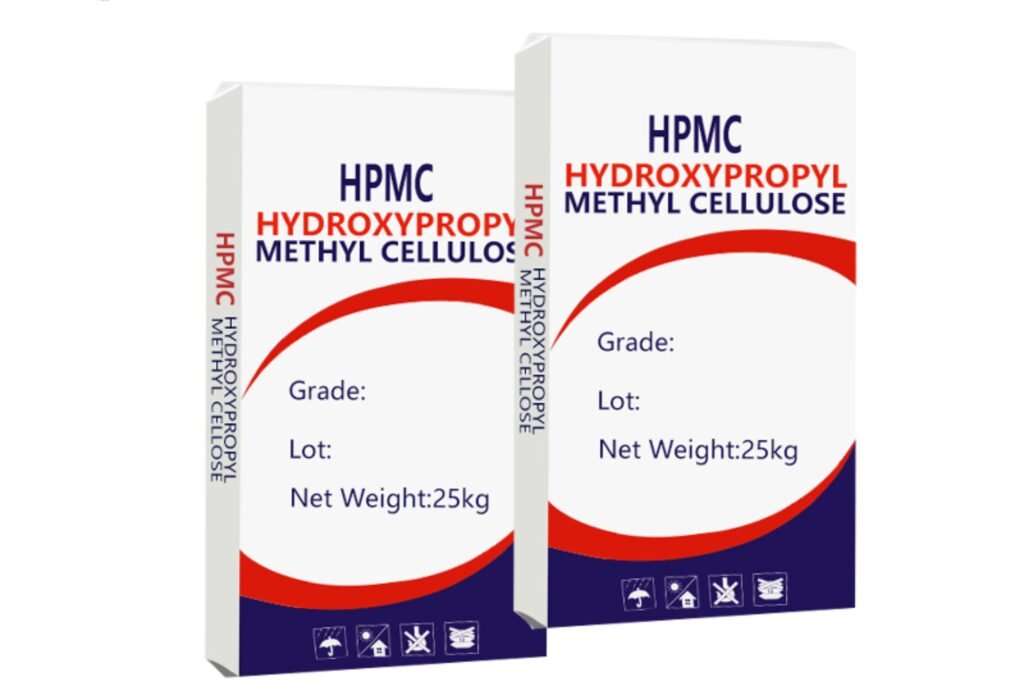Many construction material manufacturers struggle with inconsistent mortar quality. Poor binding materials lead to cracks, shorter lifespan, and unhappy customers. The right HPMC can solve these problems.
Hydroxypropyl Methylcellulose (HPMC)1 is produced through a chemical process involving cellulose reaction with methyl chloride and propylene oxide. The production follows four main stages: alkalization, etherification, neutralization, and product refinement. Different formulations yield specific properties for various applications.
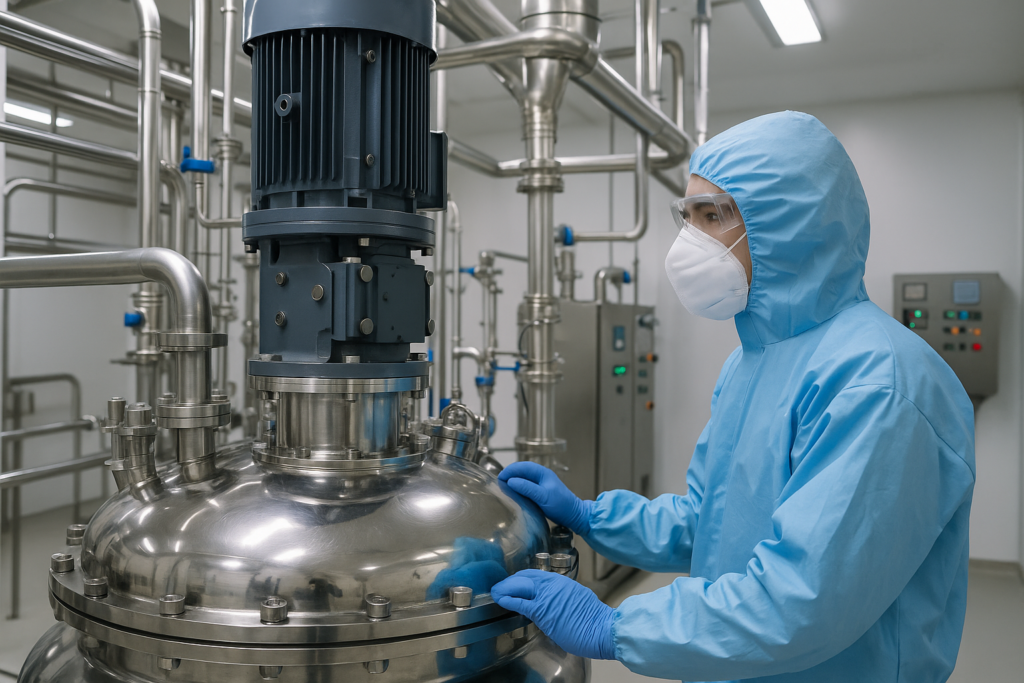
I've been in the cellulose ether industry for over 15 years, and one question I get asked most often is about how HPMC is actually made. Many customers want to know the process behind this versatile material that's so essential in their products. Let me walk you through the production methods and applications.
How is HPMC produced? About the four production formulations and processes of HPMC?
Manufacturers often encounter low-quality HPMC that fails to meet their needs. Poor production methods result in inconsistent performance and wasted resources in their end products.
HPMC production follows four main stages: alkalization (treating cellulose with sodium hydroxide), etherification (reacting with methyl chloride and propylene oxide), neutralization (with acids), and refinement (washing, drying, and grinding). The exact parameters vary based on desired viscosity and substitution levels.
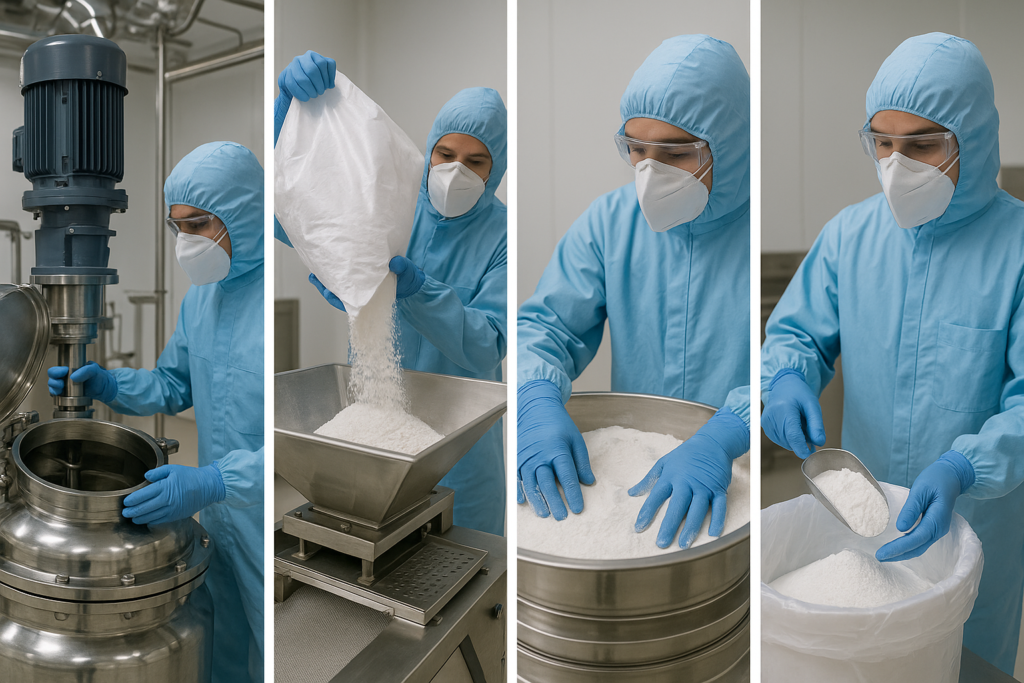
Alkalization Process
The first critical step in HPMC production involves preparing the cellulose raw material. In our factory, we start with high-purity cellulose fibers, usually derived from cotton or wood pulp. The cellulose undergoes alkalization by treating it with a concentrated sodium hydroxide (NaOH) solution at temperatures between 40-60°C.
During this stage, the crystalline structure of cellulose breaks down, making it more accessible for the subsequent chemical reactions. The alkali cellulose formed has activated hydroxyl groups that can more easily react with the etherifying agents. The duration and concentration of this treatment directly impact the final product's properties.
The alkalization must be carefully controlled - too little, and the cellulose won't be reactive enough; too much, and the cellulose structure could be damaged. We monitor this process using specialized equipment that tracks the degree of alkalization in real-time.
Etherification Reaction
The second stage is where the actual chemical modification happens. The activated cellulose reacts with methyl chloride to create methyl groups and propylene oxide to form hydroxypropyl groups. This reaction typically occurs in specialized reactors at temperatures ranging from 50-80°C.
The ratio of these reagents determines the MS (Molar Substitution) and DS (Degree of Substitution) values, which in turn affect the final properties of the HPMC. For construction-grade HPMC, we typically aim for a methoxyl content of 28-30% and hydroxypropoxyl content of 7-12%.
This reaction is exothermic (generates heat), so cooling systems are essential to maintain optimal temperature control. The etherification process usually takes 3-5 hours, and samples are taken throughout to monitor the progression of the reaction.
Neutralization and Purification
Once etherification is complete, the reaction mixture contains the HPMC product along with byproducts like sodium chloride and excess reagents. The mixture is neutralized using acids (typically acetic acid) to stop the reaction and neutralize any remaining alkali.
The purification process involves multiple washing steps with hot water (80-95°C) to remove impurities and salts. This is followed by cold water washing to precipitate the HPMC. Our facility uses specialized filtration systems to ensure high purity levels exceeding 99.5%.
The washed HPMC then undergoes dewatering using centrifugation or filtration processes to remove excess moisture before drying.
Final Processing and Formulation
The semi-dry HPMC undergoes drying in specially designed dryers where temperature control is crucial - too high temperatures can degrade the product. After drying to a moisture content below 5%, the material is ground and classified into different particle sizes based on customer requirements.
For construction applications, we often add specific anti-sag agents or workability enhancers during this stage. For pharmaceutical grades, additional purification steps ensure compliance with pharmacopeia standards.
The finished product undergoes rigorous quality testing including viscosity measurement, gel temperature determination, pH testing, and application-specific performance evaluations.
HPMC can be used in what fields?
Building material manufacturers often struggle to find versatile additives that work across multiple applications. Using different additives for each product increases costs and complicates inventory management.
HPMC is widely used in construction materials (tile adhesives, renders, mortars), pharmaceuticals (tablet coatings, controlled release matrices), personal care products (shampoos, creams), food (as E464 thickener), paints, ceramics, and textile printing. Its water retention, thickening, binding, film-forming, and emulsifying properties make it versatile across industries.
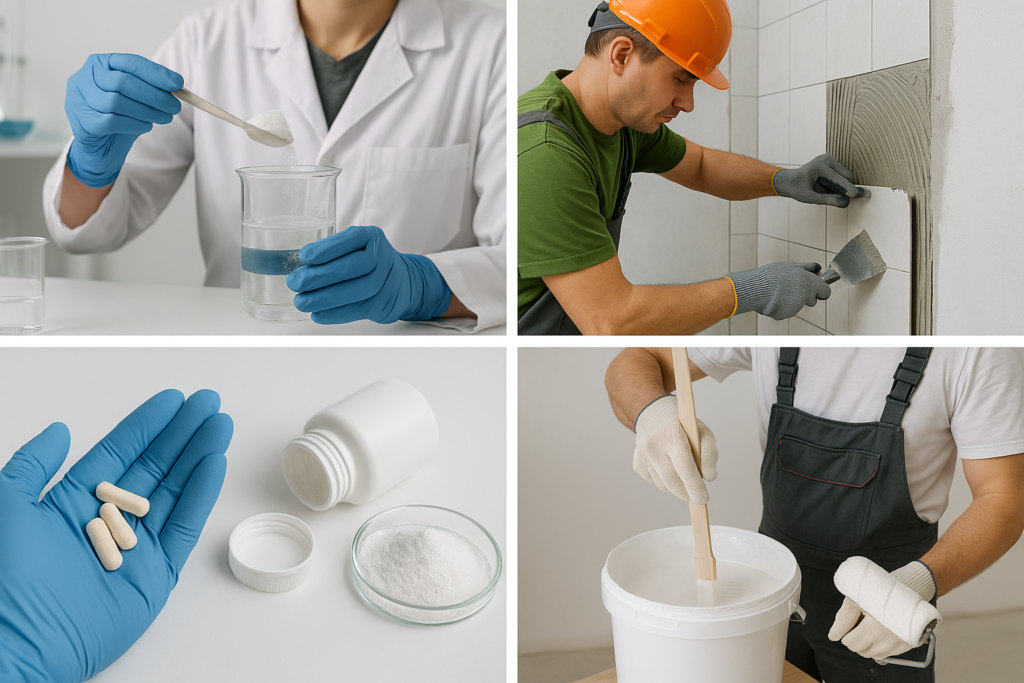
Construction Applications
In the construction industry, HPMC serves as a critical component in numerous formulations. For tile adhesives, it provides essential water retention that prevents premature drying and ensures proper cement hydration, resulting in superior bonding strength. Our customers in Saudi Arabia and UAE particularly value this property in their hot, dry climates where rapid water evaporation can compromise installation quality.
For renders and plasters, HPMC enhances workability and extends open time, allowing for smoother application and better finishes. It also improves sag resistance, which is crucial for vertical applications. In self-leveling compounds, HPMC controls rheology to achieve the perfect flow properties without material separation.
We've developed specialized HPMC grades specifically for gypsum-based products, which require different water retention profiles than cement-based materials. These specialized formulations help prevent cracking and improve the final strength of gypsum boards and compounds.
| HPMC Type | Typical Viscosity | Recommended Construction Application |
|---|---|---|
| HPMC-LV | 5,000-15,000 mPa·s | Tile adhesives, Self-leveling compounds |
| HPMC-MV | 20,000-40,000 mPa·s | Renders, Plasters, Joint compounds |
| HPMC-HV | 50,000-100,000 mPa·s | Thick-bed mortars, EIFS systems |
Pharmaceutical and Healthcare Applications
In pharmaceutical applications2, HPMC serves multiple critical functions. As a tablet binder and film-forming3 agent, it creates smooth, uniform coatings that can be designed to release active ingredients at specific rates in the digestive tract. The hydroxypropyl groups provide thermal gelation properties that are exploited in controlled-release formulations.
For ophthalmic solutions like artificial tears, special pharmaceutical-grade HPMC provides lubrication and moisture retention without irritation. The viscosity must be precisely controlled to match tear fluid characteristics.
Our pharmaceutical-grade HPMC undergoes additional purification steps and strict quality control to meet international pharmacopeia standards including USP, EP, and JP specifications. Heavy metal content, microbial limits, and residual solvents are tested to ensure patient safety.
Food and Consumer Products
As food additive E464, HPMC functions as a thickener, stabilizer, and emulsifier in various food products. Its unique property of thermal gelation makes it valuable in vegetarian and vegan food products as a plant-based binding agent.
In personal care formulations, HPMC provides thickness and stability to shampoos, lotions, and creams without the tackiness associated with some natural gums. It creates clear gels that spread easily and leave a non-greasy feel on the skin.
For the food and consumer products industries, we produce HPMC with exceptionally low odor and taste profiles. Food-grade HPMC must meet additional regulatory requirements regarding allowed impurities and processing aids.
Conclusion
HPMC production involves four key stages: alkalization, etherification, neutralization, and refinement. This versatile polymer serves countless applications across construction, pharmaceutical, and consumer industries, offering customizable properties for specific needs.
-
Explore the diverse applications of HPMC in various industries and its significance in product formulation. ↩
-
Learn about the critical roles HPMC plays in drug formulation and its benefits for patient safety. ↩
-
Learn how HPMC's film-forming properties are utilized in different industries for better product performance. ↩
